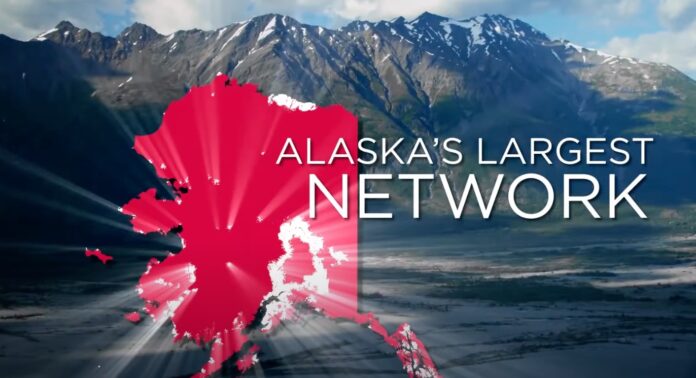On Tuesday, shares of Liberty Broadband spiked $17 (+28.39%) after the communications company that owns Alaska’s GCI made a counteroffer to Charter Communications’ merger proposal. The shares closed at $76.87 on Tuesday.
The counter offer would give Liberty Broadband investors .29 Charter shares for each share of Liberty they own.
Charter shares moved lower, losing 8.26 (-2.49%), and closing at $323.36.
Liberty currently owns a 26% stake in Charter, which is an internet, mobile phone, and cable provider headquartered in Connecticut.
GCI was Alaska’s first technology startup, beginning in 1979 out of an apartment in Anchorage by company founders Ron Duncan and Bob Walp, who started by rebranding phone cards and ultimately created create a long-distance phone service provider that gave Alaskans more affordable options to communicate across the country.
At that time GCI started, long-distance phone calls cost Alaskans $1 per minute. But after GCI pioneered DAMA satellite communication to deliver in-state long distance, and introduced competitive facilities-based local phone service, costs came down dramatically.
GCI now employs 2,000 Alaskans. It merged with Liberty Broadband in 2020.

And custom costs will go up.
Starlink is looking great now.
I’d like to know how many State Legislators made money on this?
Fun Fact – Liberty owns Formula One Group and its controlling shareholder, John Malone, is the largest land owner in the US.
Not a fact. GCI is owned by Liberty Interactive/Broadband/Qurate. F-1 is owned by Liberty Media, a separate company. Very confusing history of spin offs and mergers but they are not the same company.
There goes GCI, and probably good riddance.
Star Link is killing them and MTA.
In the early 80s, like 80-81, I started up the GCI Earth station generator and it came up from Colorado, which was where I was told GCI started, at that time. The only employee they had at the time was an engineer I worked with to get the earth station backup generator on line.
I cancelled GCI years back because they were so expensive here in Juneau. Gave up cable and landline phones, never went back.
A ground based fiber optic system will always be necessary for national security. The Kessler theory is very plausible
Up here, the submarine cables to the lower 48 are constantly being cut.
National security requires the connection and is ambivalent on how that connection is maintained. A couple different techniques are typically desirable. You’re assuming a solution. Note that in the last 5 years Starlink has been more reliable than fiber (North Slope outages the last couple years being most prominent). Lots of people dropped by GCI during the fiber outages moved to Starlink and aren’t going back.
Note that Kessler Syndrome is a 1978 discussion of density of objects in LEO. Like most Malthusian scares, it is a useful reminder of what not to do. To put it in perspective, 307 satellites in orbit in 1978, over 9,100 today, a factor of 30 increase. The Adams Law of Slow Moving Disasters notes: If we can see a problem coming from far ahead, we’ve always been able to fix it in time to avoid it. This is why climate change is not a problem. Satellite and garbage density may be a simillar problem. Cheers –
I have Starlink. I’ve been nothing but happy with it. The only glitches I had was during the CME events in May and June…….not Elon’s fault.
I’d move to MTA if they would build more fiber in my nieghborhood.
Starlink… You will be assimilated… Resistance is futile… ^^^